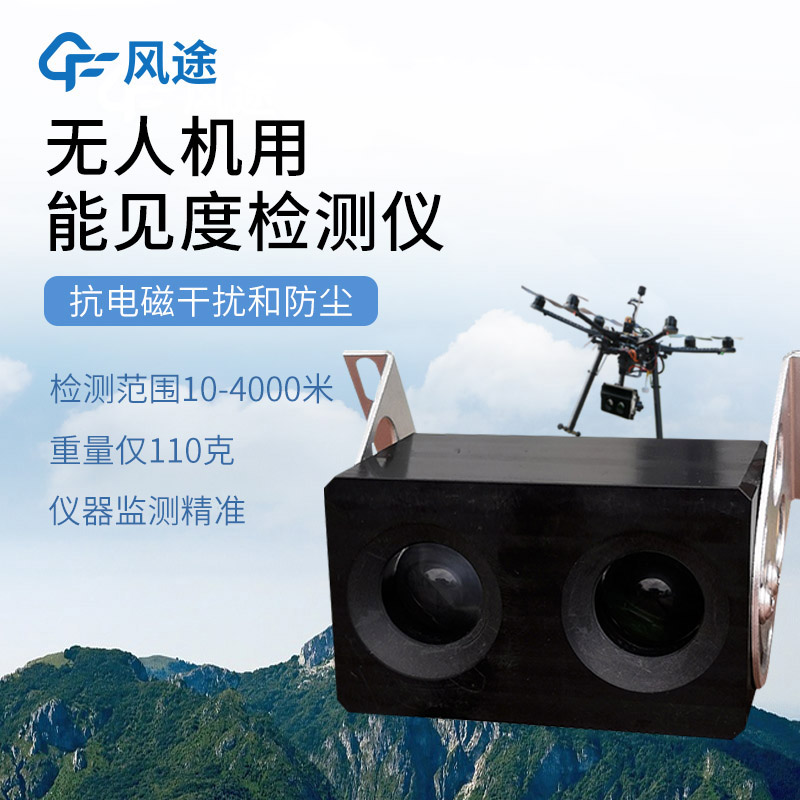Shandong Fengtu IOT Technology Co., Ltd
Sales Manager:Ms. Emily Wang
Cel,Whatsapp,Wechat:+86 15898932201
Email:info@fengtutec.com
Add:No. 155 Optoelectronic Industry Accelerator, Gaoxin District, Weifang, Shandong, China

Sales Manager:Ms. Emily Wang
Cel,Whatsapp,Wechat:+86 15898932201
Email:info@fengtutec.com
Add:No. 155 Optoelectronic Industry Accelerator, Gaoxin District, Weifang, Shandong, China
time:2025-06-11 09:42:08 source:Weather Station viewed:172 time
Traditional visibility detection equipment is often limited by fixed installation positions, posing many inconveniences for visibility monitoring in complex terrains, large-area regions, and special mission environments. However, UAVs (unmanned aerial vehicles) offer unique advantages such as flexibility, rapid response, and wide coverage, enabling them to access areas difficult for traditional equipment, such as mountainous regions, above rivers, and around large event venues. By mounting a visibility sensor on a UAV, real-time dynamic monitoring of visibility in specific areas can be achieved, providing more precise and timely data support for industries like meteorological forecasting, traffic management, and environmental monitoring, thus effectively enhancing the scientificity and accuracy of related decision-making.
This 6KM forward-scattering visibility sensor applied to UAVs has a wide detection range, covering 10 to 6,000 meters, with a maximum detection distance of 10,000 meters, meeting the visibility monitoring needs of different scenarios.
The detector operates based on the forward-scattering principle. The forward-scattering principle refers to the phenomenon where light, during its propagation in the atmosphere, encounters obstacles such as aerosol particles and water droplets, causing scattering, with part of the light scattering forward. The detector emits light of a specific wavelength, receives the forward-scattered light signal, and combines it with advanced algorithm models to analyze and calculate parameters such as the intensity and angle of the scattered light, thereby accurately deriving visibility values. This principle allows the detector to operate stably under various weather conditions, effectively resisting external interference, ensuring data reliability and accuracy, and providing a solid guarantee for UAV flights in complex environments and visibility monitoring tasks in related fields.

Tunnels are enclosed spaces with poor air circulation, and due to complex traffic structures and heavy traffic volumes, poor ventilation can easily lead to the accumulation of harmful gases such as smoke particles and carbon monoxide (CO). This significantly reduces visibility inside the tunnel and...
Accurate monitoring of road conditions is conducive to ensuring traffic safety and improving road operation efficiency. Traditional road monitoring methods have limitations, and the emergence of Road Condition Monitor has brought us new solutions.One of the major advantages of Road Condition Monitor...
Environmental Monitoring Station captures the concentration of negative oxygen ions in the air around the clock, relying on IoT technology to provide data support for environmental health and ecological value....
With the increasing public awareness of environmental protection and health, air quality has become one of the key indicators for assessing the environmental quality of tourist attractions. Negative oxygen ions, known as the "air vitamin," have a positive impact on human physiological acti...